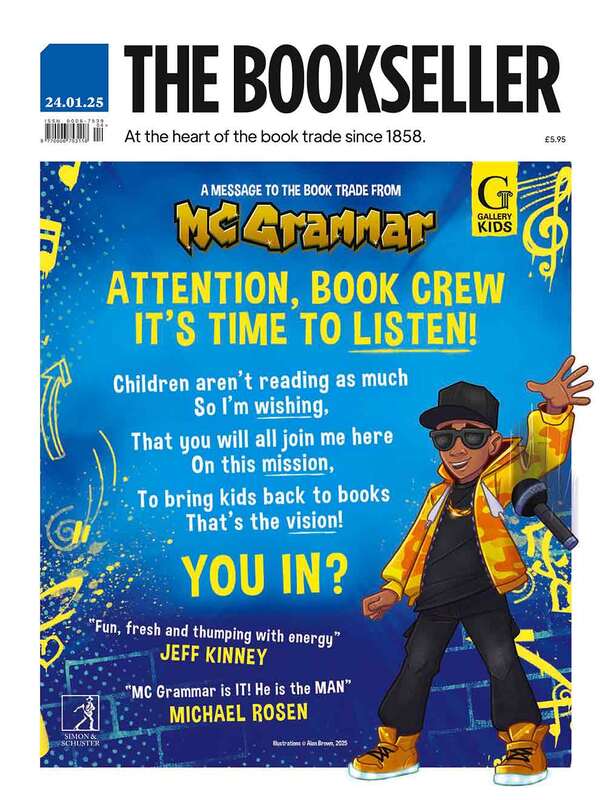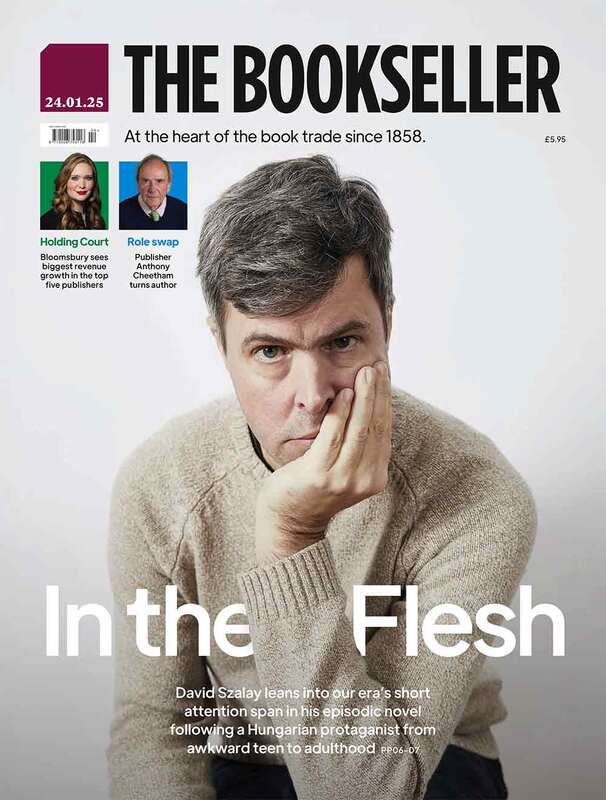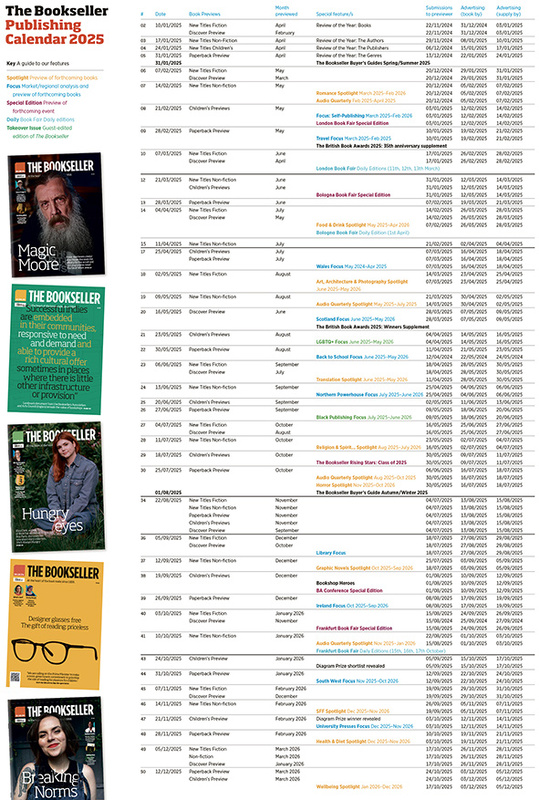You are viewing your 1 free article this month. Login to read more articles.
Brand games
Publishers are eager to become recognisable brands but the focus should stay on ideas, not tote bags.
It’s a phenomenon that began in the world of magazines: New Yorker tote bags slung nonchalantly over shoulders on the tube and on the streets, in coffee shops and in libraries. Then booksellers began to catch on, and a Daunt Books bag became another symbol of literary chic. Now, it’s the turn of publishers to tap into the potential of products beyond the reading matter they produce. This lucrative new area of the industry is changing the game: companies such as Penguin and Faber & Faber are cashing in on their status as iconic publishers by investing in new ranges of merchandise that display their brand. On Penguin’s website, the Penguin Shop vies with their book lists for the customer’s attention, offering a tantalising array of Penguin-emblazoned mugs, prints, bags and notebooks.
Buying books in today’s marketplace is not simply a question of choosing a specific title: consumers are conscious of the allegiances they are making with different publishers, and these new products allow them to display those allegiances. So we must consider the following: is this new avenue a welcome boost for the industry or will these different products compromise what is distinctive about publishing?
It’s not only trade publishers who are showing this interest in creating products beyond reading materials. In the last year, the academic publishers SAGE Publishing and Cambridge University Press have both undergone a rebrand to reflect their expanded offerings. SAGE Publishing, now known as Sage, announced on 15th March: "While we are very much a publisher, dropping ‘publishing’ [from the company name] reflects the additional products and services that make up what we offer today, such as Technology from Sage, the portfolio of digital services that ease the teaching and research workflow."
Today’s consumers don’t engage with publishers in a private way; they want to share which publishers they like, and they expect each publisher to offer a unique or distinctive type of content
Sage’s shift of focus aligns with the evolving demands of students and researchers. Once primarily focused on getting textbooks into the hands of undergraduates and research into journals, academic publishers are responding to the changing nature of a university education. A large portion of teaching and learning now takes place online, and Sage’s digital services cater to this shift in delivery. Cambridge University Press, meanwhile, is now known as Cambridge University Press & Assessment. This move was undertaken to bring the company’s English learning and assessment products under one brand. This rebrand, like Sage’s, reveals that the function of academic publishers is evolving; they now categorise their books and journals under a wider umbrella of ‘products’ that are required for research and learning.
Publishers, both in the trade and academic sectors, are specialising in the type of content they provide and developing their product offerings accordingly. Sage has positioned itself as a leader in the growing educational technology market, while Cambridge University Press is defining itself as the authority in academic assessment. Among trade publishers, a similar calculation is being made. Customers can buy into a publisher’s distinctive brand as never before. Penguin’s gift products, proudly displaying the design of its vintage paperbacks, remind customers of the company’s reputation of publishing classic literature. The design of these products, cultivating a retro aesthetic that is primed for social media, allows buyers to exhibit their interest in Penguin books in a whole range of new contexts.
If Penguin’s product range serves to emphasise its status as the leading publisher of "the classics", Faber & Faber’s products serve to associate them with exclusivity. Their range of notebooks and prints includes a Members’ Shop; signed copies and limited-edition Faber prints mean that customers can own a piece of this publishing house’s illustrious history, with its links to T S Eliot.
Bloomsbury, famously the publisher who gave the world J K Rowling, continues to benefit from the vastly profitable Harry Potter series; it has created a Harry Potter Gift Guide, a site devoted to products for "every kind of Harry Potter fan". Thames & Hudson, meanwhile, has developed a popular gifts range, which includes products such as a Dinner with Dali jigsaw. Drawing on its standing as a publisher of exquisite design books, the company has consolidated its brand identity through eye-catching notebooks, novelty games and wrapping paper.
The new products being developed by publishers across the industry suggest that the role of publishers is changing. Today’s consumers don’t engage with publishers in a private way; they want to share which publishers they like, and they expect each publisher to offer a unique or distinctive type of content.
When publishers popularise their brand through products that can be worn, shared or displayed on social media they are able to showcase what is distinctive about their organisation through their customers. As these products achieve success, however, publishers must not become complacent about the writing that remains at the heart of the business.
Without maintaining high-quality written content, additional products – even the educational technology and assessment materials offered by academic publishers – will not do well. The focus of publishing must remain the ideas we are communicating; if publishers can manage this alongside these new endeavours, those tote bags will remain in style for a long time to come.




















